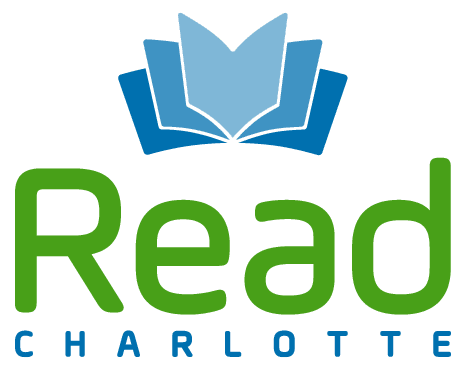Who We Are
Read Charlotte is a community initiative that unites educators, community partners, and families to improve children’s reading from birth to third grade. We don’t run programs. We are a capacity-building intermediary that supports local partners to apply evidence-based knowledge about effective reading instruction and interventions, high-quality execution, continuous improvement, and data analysis to improve reading outcomes.
Read Charlotte is a civic initiative of Foundation For The Carolinas.
Join Our Newsletter
